Butterflies are some of the most beautiful creatures to look at in all of nature. They bring a certain sense of peace and harmony to any given surrounding. The butterflies seen here are extremely rare and placed high atop the endangered species list. It would be a real shame to lose them, especially after you see just how beautiful they are. Here are 23 gorgeous and exotic butterflies that might someday become extinct: | 1) The Monarch | 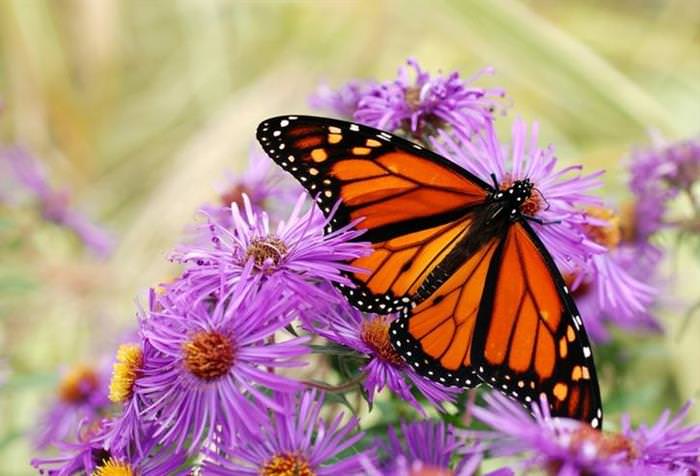
| | | The orange and black Monarch is a North American native that begins its migration to Mexico for the winter. The Monarch has quite a journey too, spanning between 1,200 to 2,800 miles (1,931 km to 4,506 km). There are about 33 million Monarchs remaining in existence today. | 2) Sapho Longwing | 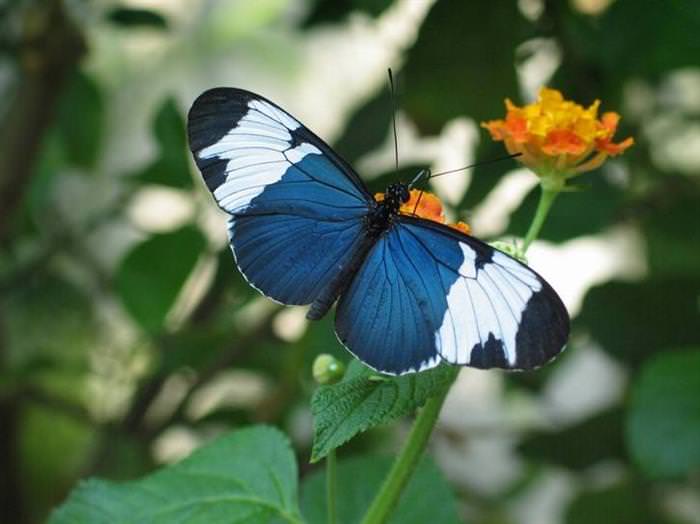
| | | This gorgeous light blue and white butterfly is a native of Costa Rica and certain rainforests in Belize. Sapho Longwings differ from other butterfly species in that they only breed on one specific plant. | 3) Blue Morpho | 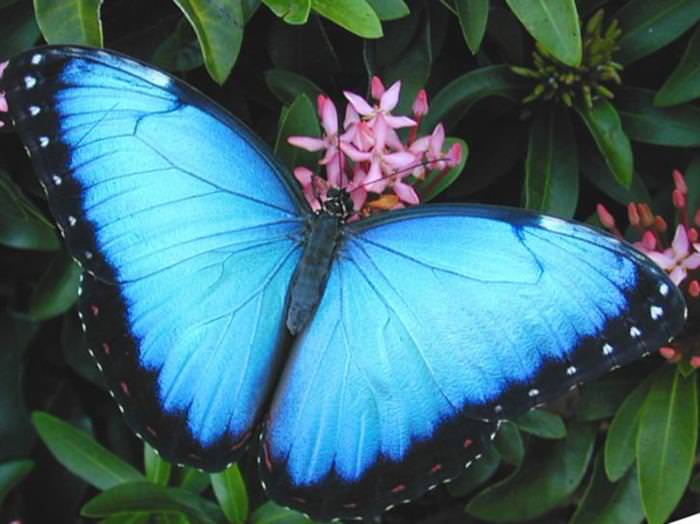
| | | Blue Morphos are very easy to spot, since their enormous bright blue wings stretch nearly 8 inches across (20 cm) in size. They appear almost invisible when they take off, due to their dark brown and bright blue colors intertwining together. | 4) Question Mark Butterfly | 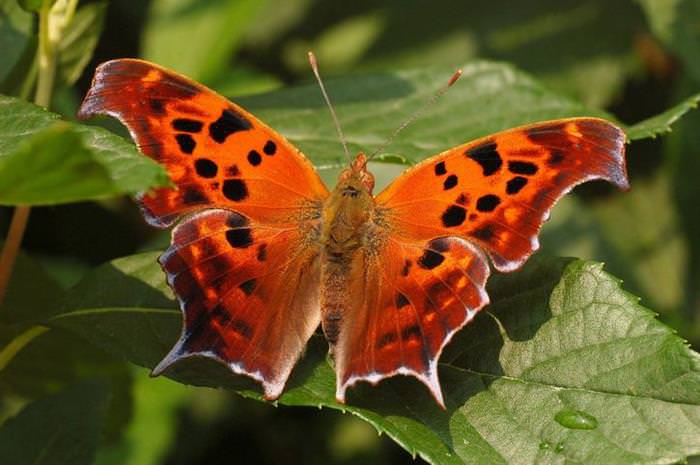
| | | This beautiful butterfly can be found in North America. They mainly reside in wooded areas and city parks, or generally in areas that have trees and free spaces. The adult butterfly has a wingspan of 4.5–7.6 cm. | 5) Mitchell's Satyr | 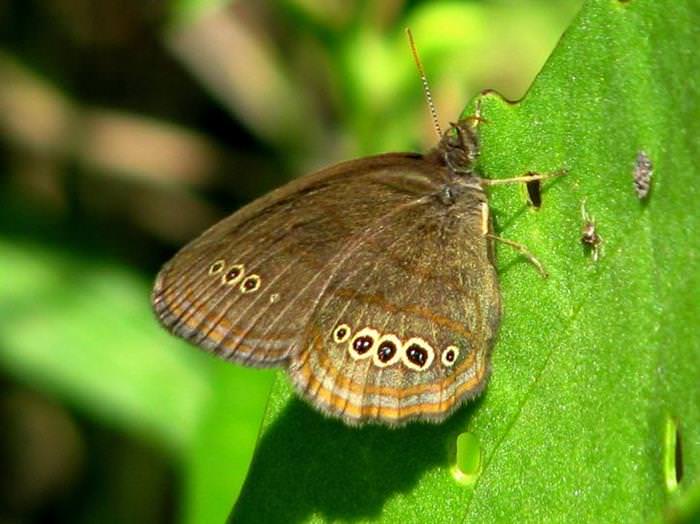
| | | Neonympha mitchellii is an endangered species of nymphalid butterfly of the eastern United States. | 6) Purple Emperor | 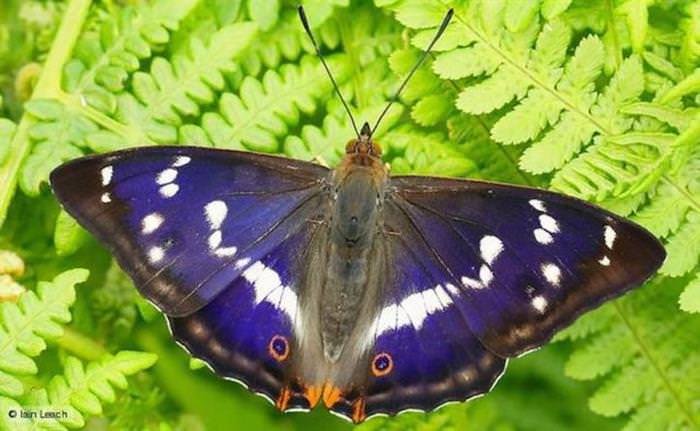
| | | The Purple Emperor (Apatura iris) butterfly is Eurasian. Adults can be identified by their dark brown wings with white bands and spots and an orange ring on each of the hindwings. Males usually have a wingspan of about 70–80mm (2.8–3.1 inches), and have an purple-blue sheen that the slightly larger (80–92mm) females do not. | 7) Banded Peacock | 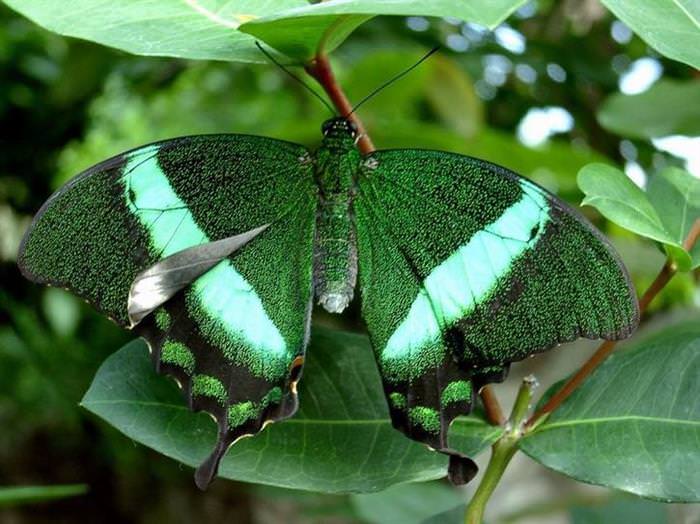
| | | The Banded Peacock is a South Asian native, seen mostly throughout parts of India, Sri Lanka, and Pakistan. The lime green and dark black colors easily distinguish them apart from other species. | 8) Ceylon Rose | 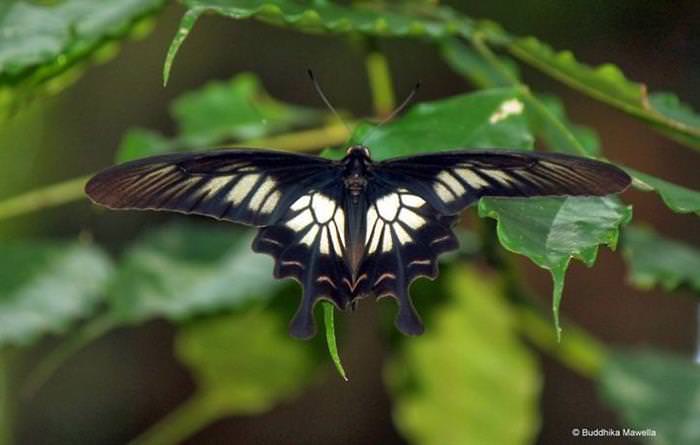
| | | | 9) Chimaera Birdwing | 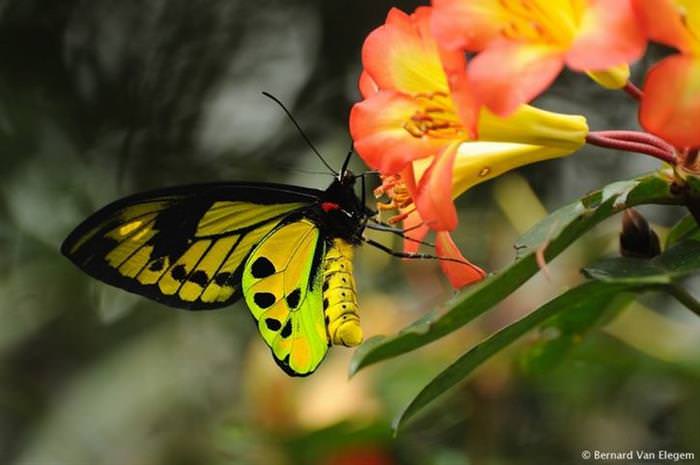
| | | | 10) Bhutan Glory | 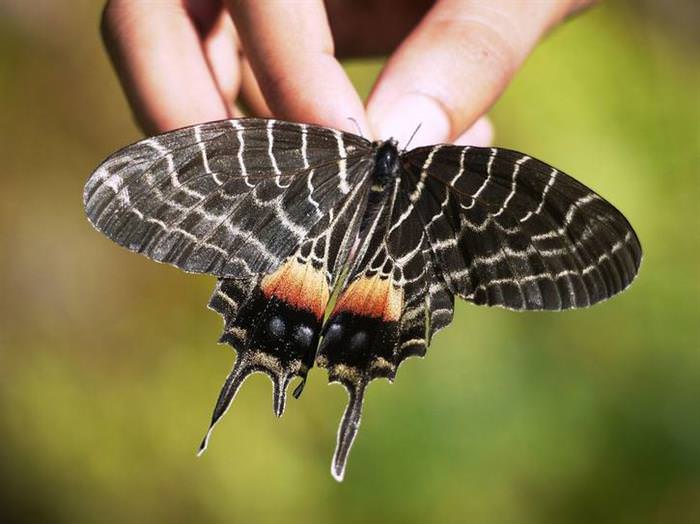
| | | The Bhutan Glory is a species of swallowtail butterfly that is found in Bhutan, parts of northeastern India and of Southeast Asia. A spectacular insect much sought after by collectors, which has contributed to its rarity... | 11) Schaus Swallowtail | 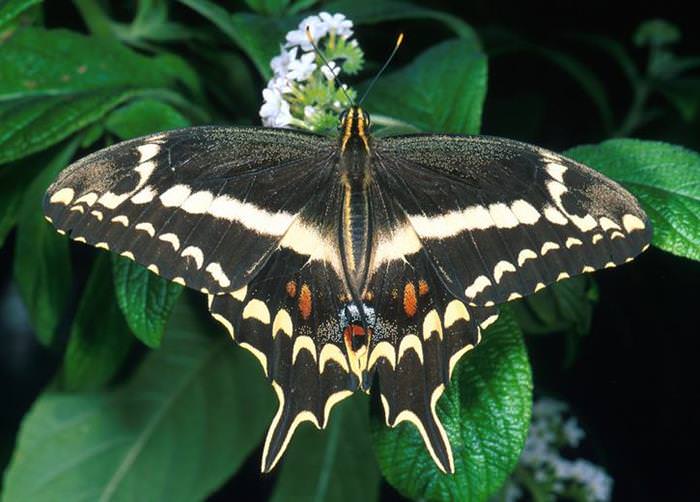
| | | | Schaus' swallowtail or the island swallowtail is a species of American butterfly. It can be found in southern Florida, while subspecies have been seen in the Bahamas, Hispaniola, and Cuba. This butterfly is an extremely endangered species, with only a few hundred individuals left. In fact, it was one of the first insects to gain federal protection in 1978. | 12) Saturn Butterfly | 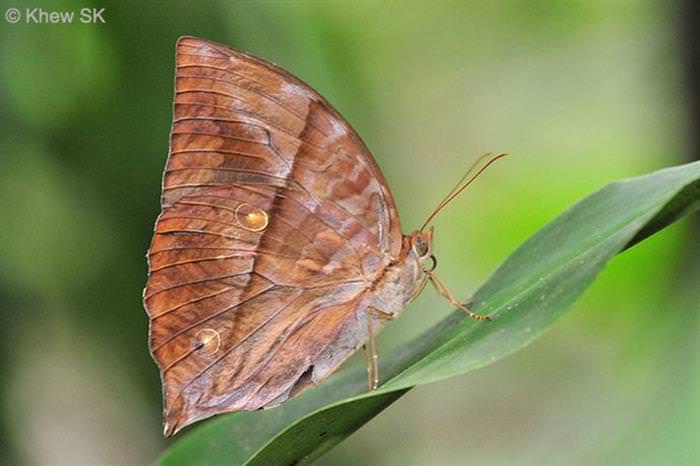
| | |
This butterfly has a wingspan of about 3.9-4.3 inches (10-11 cm). It can be found in shady forest areas. The male (shown above) is darker than the female. It is mostly found in Malaysia, Borneo, the Philippines, Myanmar and Sumatra.
| 13) Jamaican Giant Swallowtail | 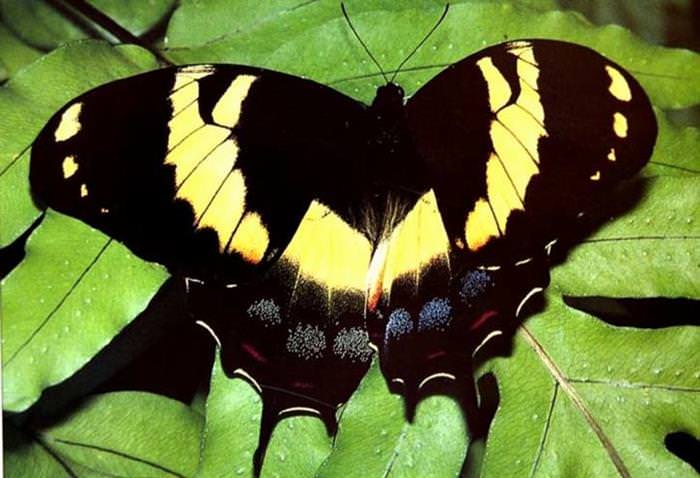
| | | The Swallowtail is one of the largest butterfly species throughout North and South America. They can grow up to 6 inches (15 cm) across with yellow and dark blue bands. They live in remote habitats throughout the island of Jamaica. | 14) Luzon Peacock Swallowtail | 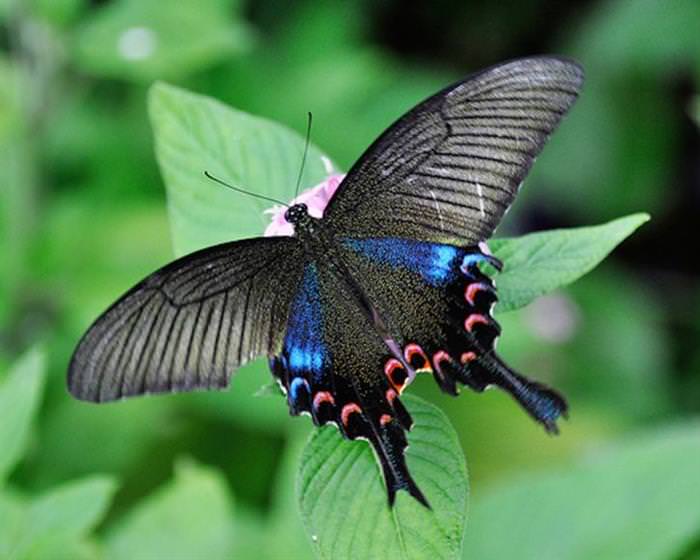
| | | Luzon Peacock Swallowtails were originally discovered in the Philippines around 1965. They have a wingspan of over 4 inches (10 cm) and have been listed as an endangered species since 1996. | 15) Richmond Birdwing | 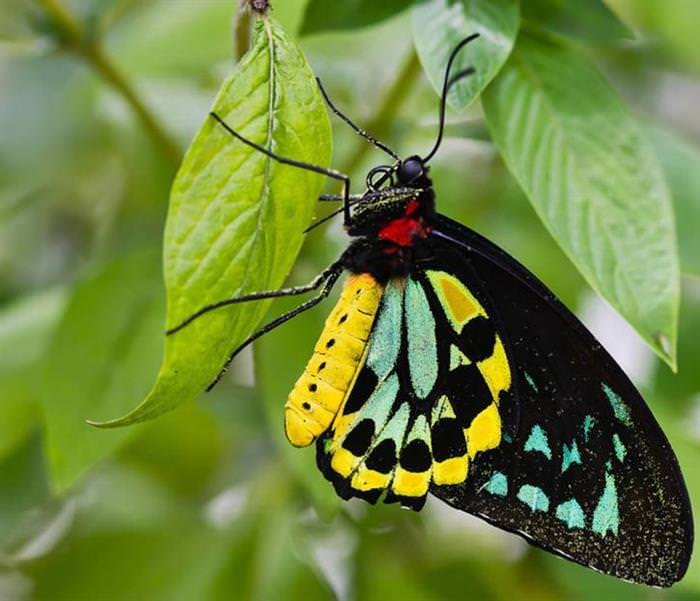
| | | The beautifully colored Richmond Birdwing makes its home in the land down under. The native Australian species were plagued with habitat destruction and drought throughout the years. | 16) Wallace's Golden Birdwing | 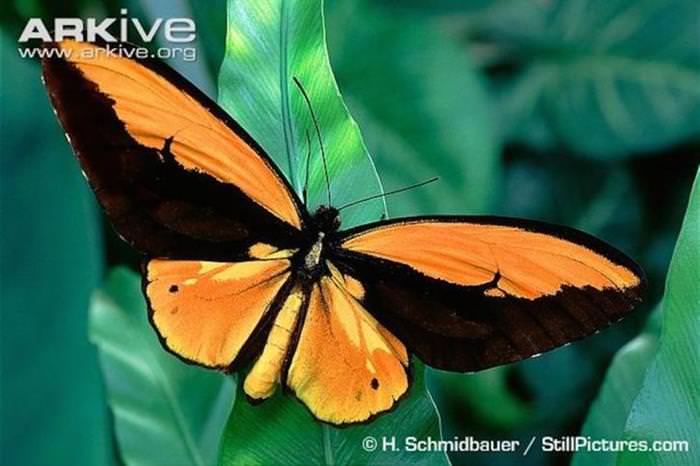
| | | The Wallace's Golden Birdwing can only be seen in northern Maluku, Indonesia. The male has black wings with a yellow costal band. The females are larger than the males, with brown wings marked with yellow lines. | 17) Island Marble | 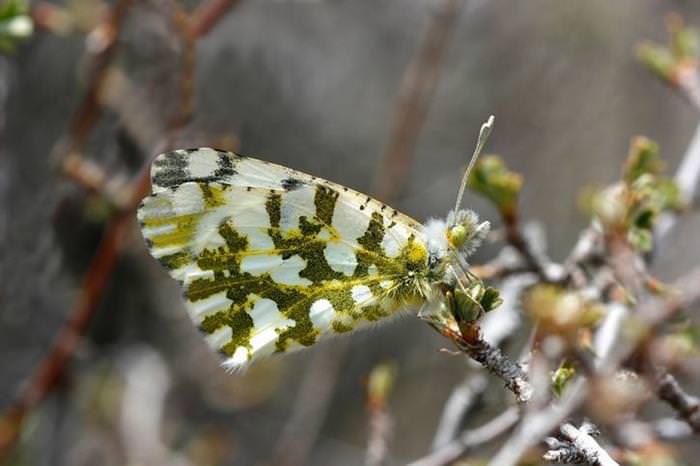
| | | This butterfly appeared after 100 years of everyone certain it was extinct. It turned up on San Juan island in 1998. Efforts are ongoing to protect this rare butterfly. | 18) Golden Kaiser-i-Hind | 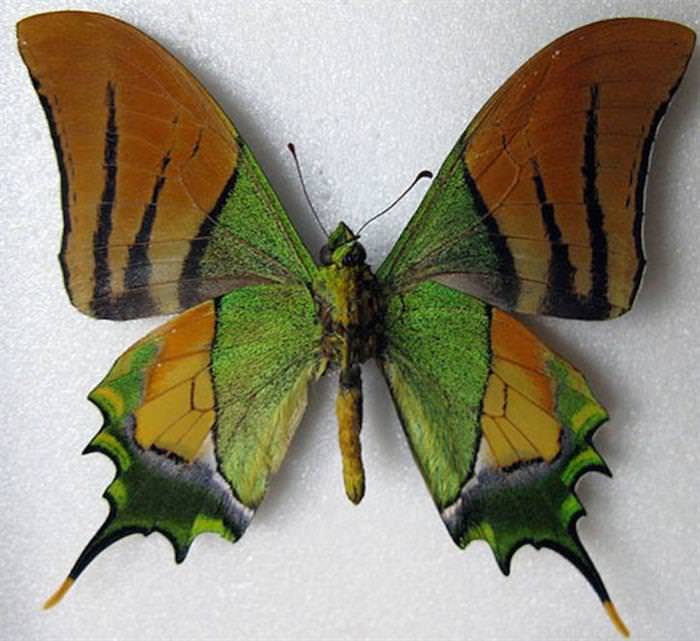
| | | The lime green and gold colors give the Golden Kaiser-i-Hind its name. They are native to the Papilionidae family, and can be found in certain Asian countries, such as China and Vietnam. | 19) Spicebush Swallowtail | 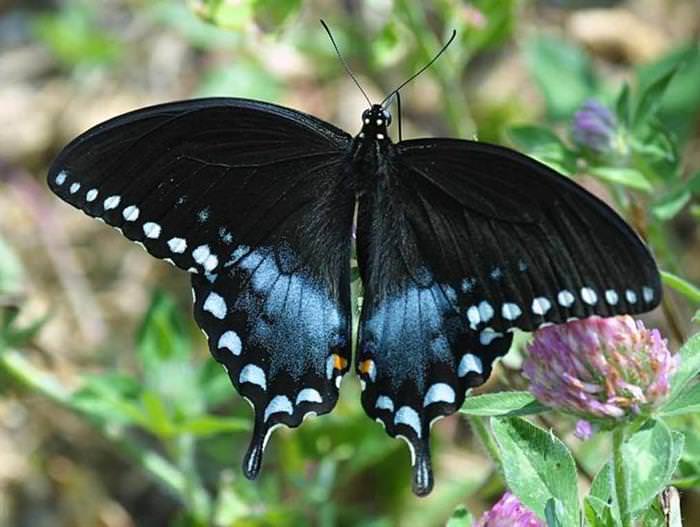
| | | The spicebush swallowtail gets its name from the plant it frequents the most - the spicebush. The Spicebush Swallowtails belong to a family of the largest butterflies in the world. They are unique in that even while feeding, they continue to flutter their wings. Un many other butterflies of their family, Spicebushes butterflies fly low to the ground instead of at great heights. | 20) Glasswinged Butterfly | 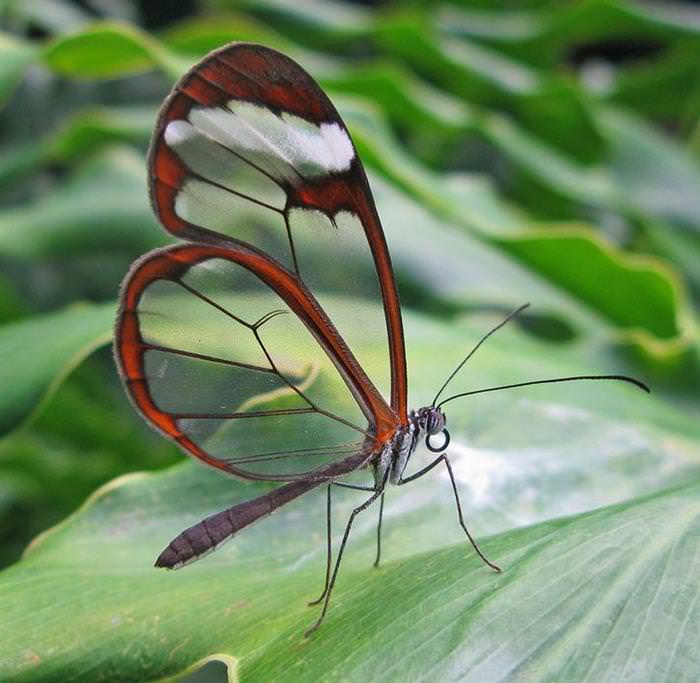
| | | This beautiful butterfly, named 'Greta oto' but nicknamed the 'glass butterfly' opens to each side 6 cm of incredibly beautiful, and completely transparent, wings. A close look at the glass butterfly's wings will show you that through the veins running across its wings, you can see a perfect image. Adults glass butterflies also exhibit a number of interesting behaviors, such as long migrations. | 21) Banded Orange Tiger | 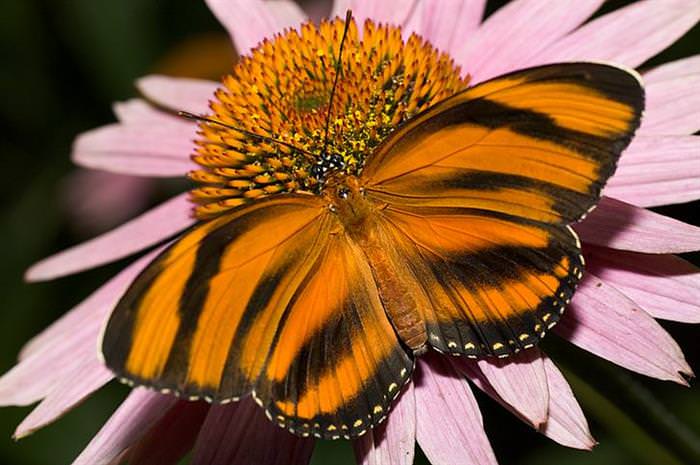
| | | The Banded Orange Heliconian is native to South and Central America, ranging from Brazil to central Mexico. However, in the summer it has been seen as far north as Kansas in the United States. Its wingspan ranges from 86 to 89 mm, and it is colored a bright orange with thick black stripes in males, and a duller orange with fuzzier black stripes in females. | 22) Palos Verdes Blue | 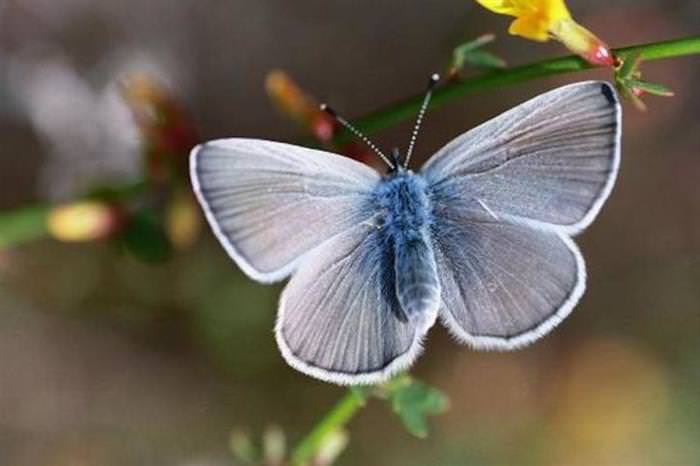
| | | The chances of spotting the Palos Verdes Blue are quite slim, since they are considered to be the rarest species of butterfly in existence. There are less than several of them hundred throughout the world. | 23) Common Buckeye | 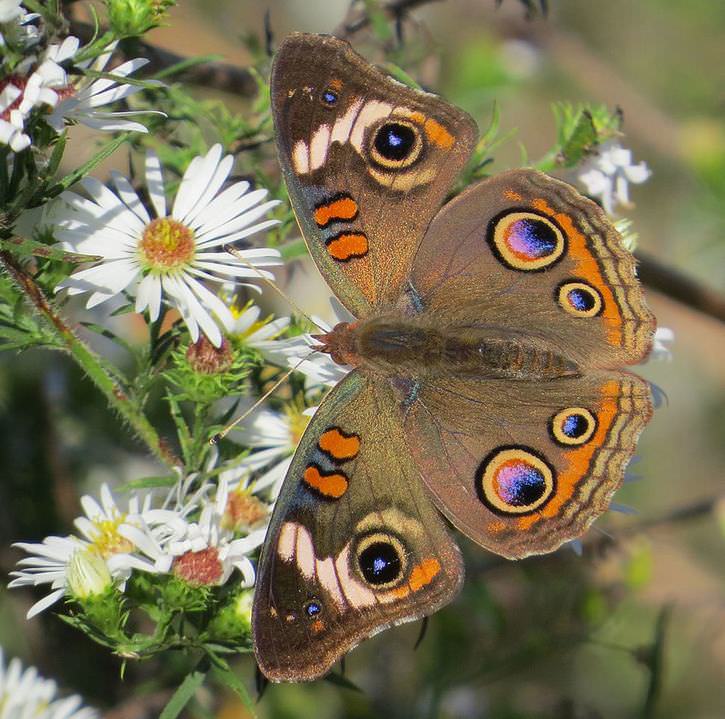
| | | The Common Buckeye makes its home throughout the Canadian regions of Manitoba, Ontario, Quebec, Nova Scotia and certain parts of Central America. They were even featured on a 2006 U.S. Postal Service stamp. | |
|
--
You received this message because you are subscribed to the Google Groups "Keep_Mailing" group.
To unsubscribe from this group and stop receiving emails from it, send an email to
keep_mailing+unsubscribe@googlegroups.com.
To post to this group, send email to
keep_mailing@googlegroups.com.
Visit this group at
https://groups.google.com/group/keep_mailing.
To view this discussion on the web visit
https://groups.google.com/d/msgid/keep_mailing/CAH3M5Ot%3DLTMj0pjoo2i22qGR3HzpFdyX2a4Jt0X8T7guza8S%2Bw%40mail.gmail.com.
For more options, visit
https://groups.google.com/d/optout.























No comments:
Post a Comment